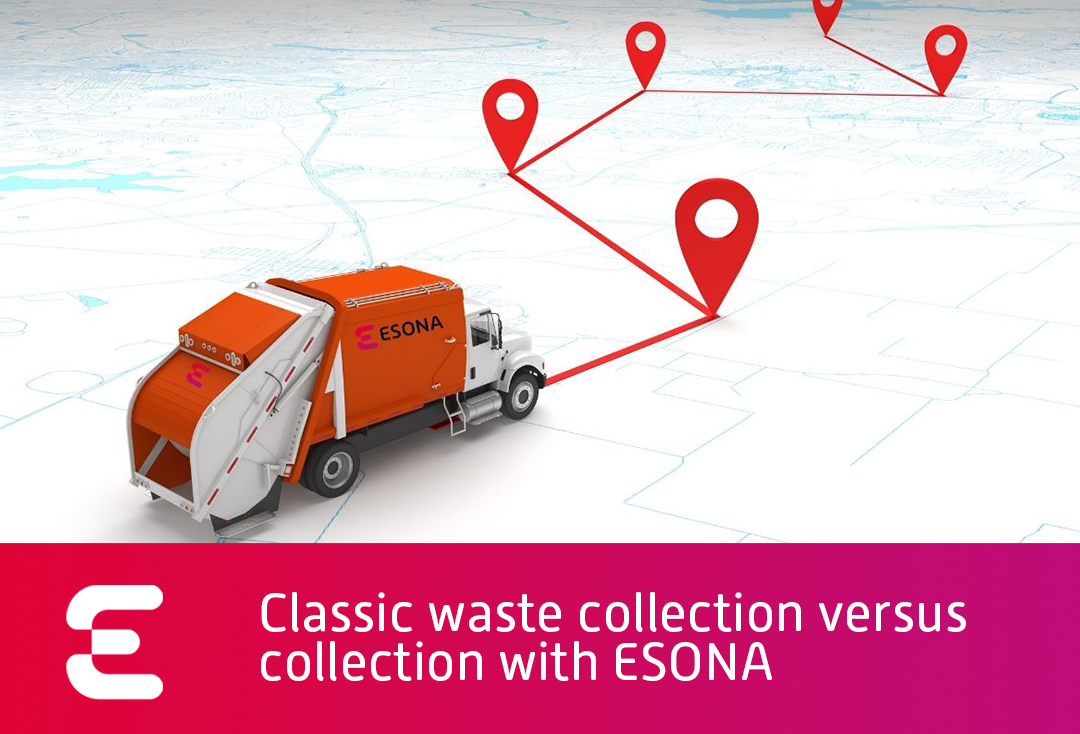Classic waste collection versus export with ESONA
Routine waste collection in cities and municipalities operates on a system of regular removal of mixed municipal and sorted waste. Waste costs are calculated per capita. However, it is different from the ESONA system. Municipalities have the opportunity to set a waste fee individually for each inhabitant and can significantly increase the share of separation. It is not for nothing that such waste collection is also called intelligent waste export.
ESONA will change the waste management
The traditionally perceived waste collection, which still works in many municipalities and cities in Slovakia, is based on the regular collection of municipal and sorted waste. Although households have containers for waste and also use containers for separated household waste, the largest portion is mixed municipal waste. They all pay the same fees, so no one is more motivated to approach separation.
ESONA completely changes this concept. It makes it possible to record the volume of waste produced per capita, to set fair charges, and to reduce the volume of unsorted waste.
What does ESONA bring?
If a city or municipality opts for ESONA, waste management will change fundamentally. ESONA brings a comprehensive system that benefits all participants in the process of creating, separating, and collecting waste.
For citizens themselves, it brings a fair and transparent bill for the waste actually generated. It allows exporters to properly plan waste collection and tracing. It provides municipalities with an accurate record of waste containers and a detailed overview of the amount of exported waste.
Exact numbers and motivation to separate
ESONA brings an automated and accurate registration system that does not pay a flat fee for waste. The fee is calculated on the basis of the number of exports and the volume of waste produced by the taxpayer. As a result, everyone knows how much waste they have produced and how much they will pay. The principle is the same as, for example, with consumed water or electricity.
This opened the eyes of the inhabitants in many municipalities and suddenly the share of municipal waste was significantly reduced. Residents began to separate the waste more, and in many cases, they set up their own composters. It is a motivational way that helps protect nature, reduces the municipality’s fees for exports to landfills, and saves residents their money in the budget. In addition, the system of quantitative collection in the future, which is also supported by the current concept of the Government of the Slovak Republic. Waste management with the ESONA system thus brings a number of benefits to the local government.

